Understanding Tarantula Molting
Tarantula molting is a fascinating and crucial process for these amazing creatures. It’s essentially their way of growing and shedding their old exoskeleton to reveal a new, larger one underneath. This process, also known as ecdysis, allows tarantulas to not only increase in size but also regenerate lost limbs, and get rid of parasites or any other external issues. Understanding the ins and outs of molting is essential for any tarantula owner, as it helps ensure the health and well-being of your pet. Recognizing the signs of an impending molt and providing the appropriate environment are key to a successful and stress-free experience for your tarantula.
The Molting Process
The molting process is a complex series of events. It starts with the formation of a new exoskeleton underneath the old one. Enzymes are then secreted to detach the old exoskeleton from the tarantula’s body. The tarantula will then position itself, often on its back, and begin to slowly wriggle out of its old skin. This can take anywhere from a few minutes to several hours, depending on the size and health of the tarantula. Once the old exoskeleton is shed, the tarantula is left with a soft, vulnerable new exoskeleton. It will spend the next few days or weeks hardening its new shell.
Signs Your Tarantula is About to Molt
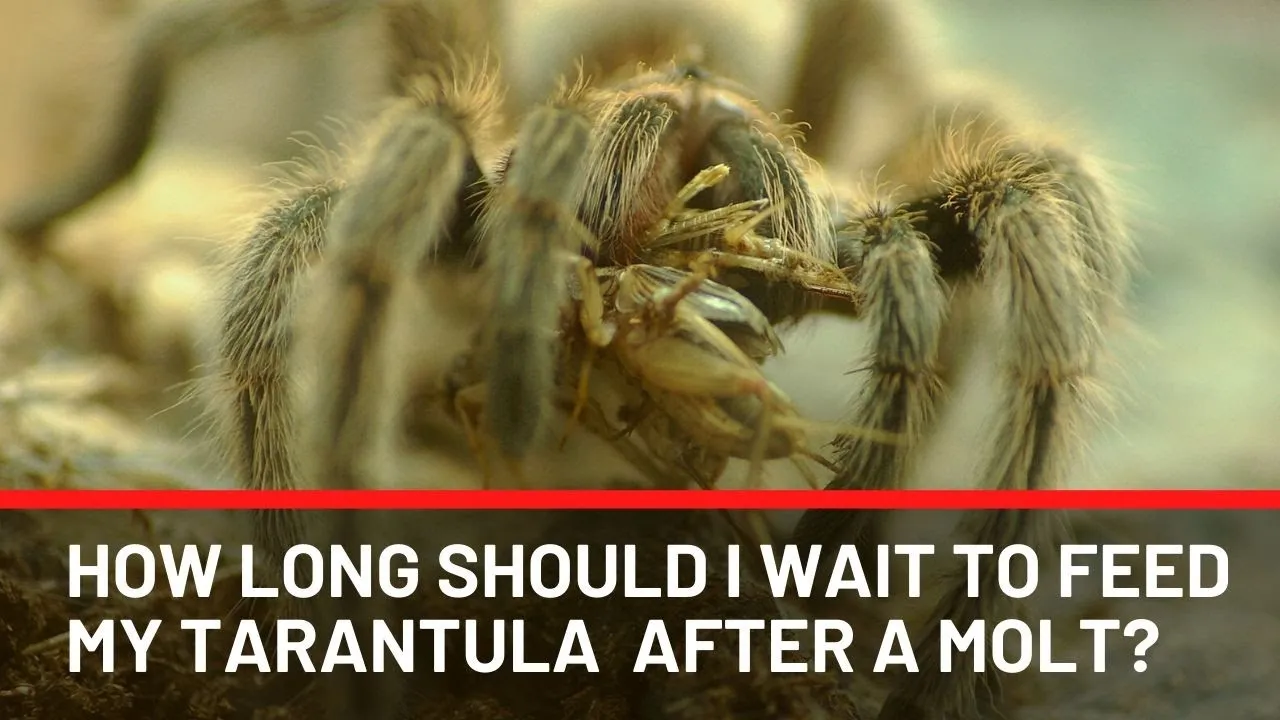
Knowing the signs that your tarantula is about to molt is vital for providing the appropriate care. There are both behavioral and physical changes you can observe that will give you a heads-up. Recognizing these signs allows you to adjust the enclosure and avoid disturbing your tarantula during this vulnerable period. It also helps you anticipate and prepare for the post-molt phase, where your tarantula needs special attention to recover and regain its strength. Paying attention to these details will contribute significantly to the overall health and longevity of your pet tarantula.
Behavioral Changes
One of the first signs is a change in your tarantula’s behavior. They might become less active, spend more time hiding, and refuse to eat. They might also start to seal themselves off in their burrow or web, creating a safe space for the molting process. This behavior is completely normal and should not be a cause for concern. Reducing disturbance during this period is paramount, so avoid handling or attempting to feed them. Observe from a distance and ensure the enclosure conditions remain optimal. This period can last a few weeks before the actual molt occurs.
Physical Changes
Physical changes are also indicative of an upcoming molt. The abdomen of the tarantula may appear darker or more shiny as the new exoskeleton forms underneath. You might also notice a bald spot on the abdomen, as the hairs that usually cover it begin to detach. In some cases, the legs may also appear thicker or lose some of their flexibility. These physical transformations are all part of the process and signify that the tarantula is preparing to shed its old skin. If you observe these signs, it’s a good time to take precautionary measures to ensure a smooth molt.
Factors Affecting Molting Frequency
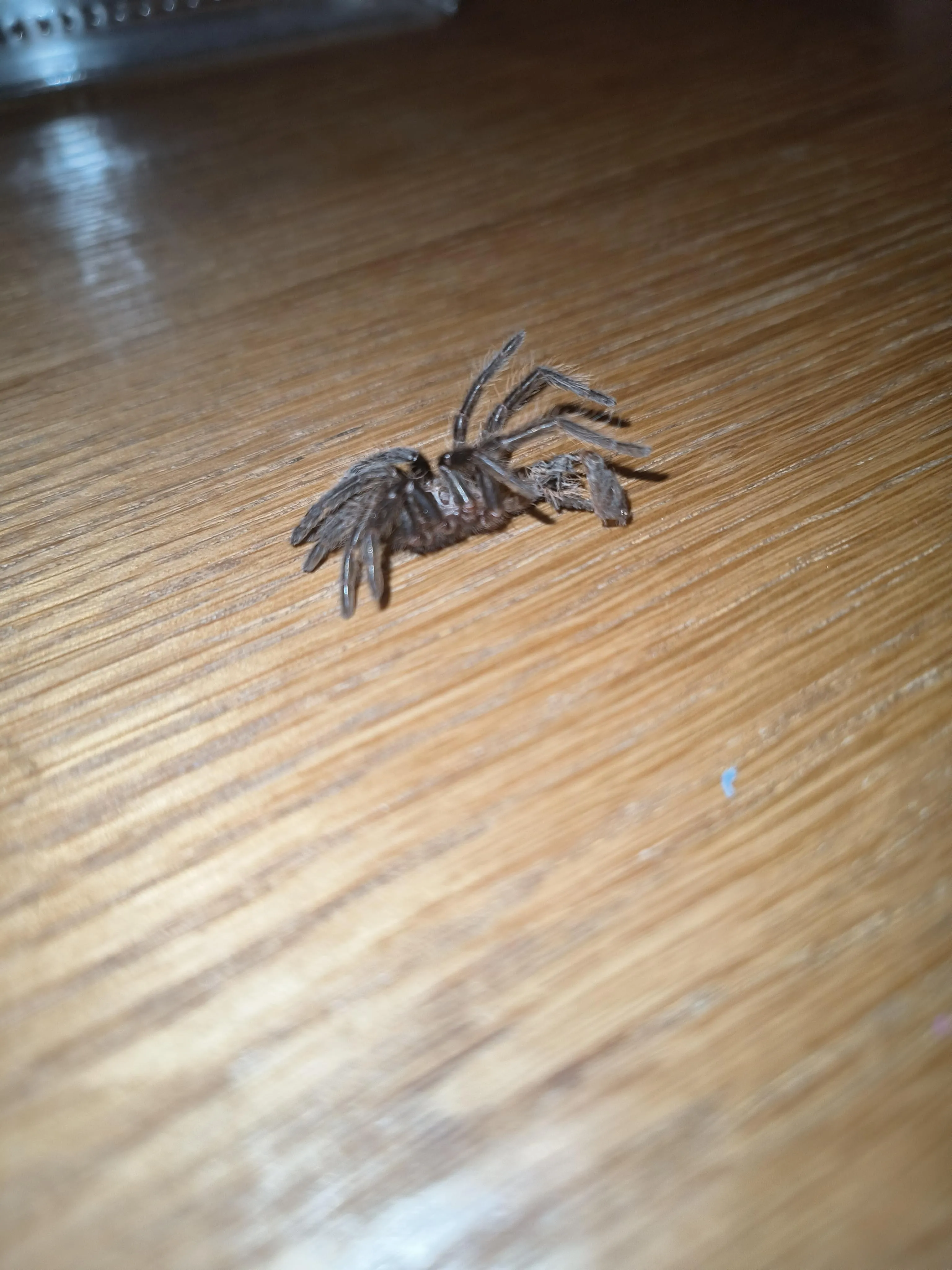
The frequency with which a tarantula molts varies depending on several factors. These include the species of tarantula, the age of the tarantula, and the environmental conditions in which it lives. Understanding these factors can help you anticipate when your tarantula is likely to molt and prepare accordingly. It also helps in establishing the appropriate care routine, supporting healthy growth and development. Keep track of your tarantula’s molting history to establish a pattern, which helps in identifying any potential health issues or environmental problems.
Species of Tarantula
Different species of tarantulas have different molting patterns. Fast-growing species like the Chilean rose hair (Grammostola rosea) tend to molt more frequently, especially when they are younger. Other, slower-growing species may molt less often. Researching the specific needs of your tarantula species is crucial for providing optimal care. Information on molting frequency is usually available from breeders or in care guides. These resources can provide valuable insights into what to expect from your specific tarantula type.
Age of Tarantula
Young tarantulas molt much more frequently than adults, as they are growing rapidly. Spiderlings might molt every few weeks or months. As they mature, the molting frequency decreases, with adults molting once a year or even less. The molting frequency is a great indicator of the tarantula’s growth rate and overall health. Keep a record of when your tarantula molts to track its growth. If the molting frequency changes dramatically, it may be a sign of an issue that needs to be addressed.
Environmental Conditions
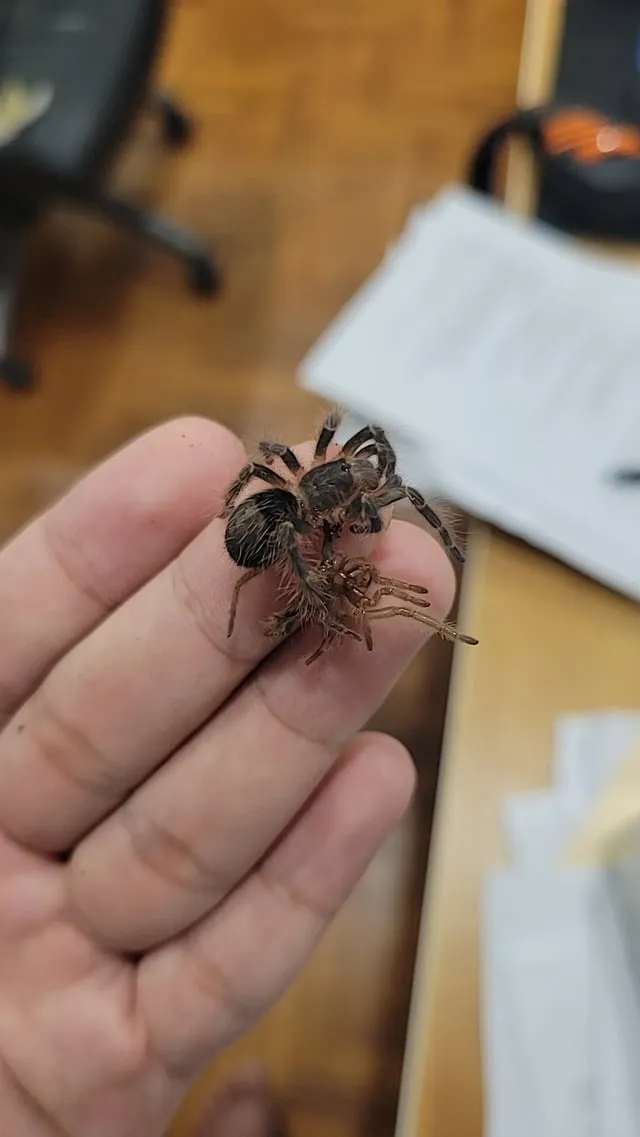
Environmental conditions, such as temperature and humidity, can also affect molting frequency. Maintaining the correct temperature and humidity levels for your tarantula’s species is critical. Too low humidity can make molting difficult, while too high humidity can promote mold and fungal growth, which could also cause issues. A well-maintained environment supports healthy molting and overall well-being. Ensure the enclosure provides the right environment to facilitate the molting process, by monitoring and adjusting conditions as needed.
How Long Does Molting Take
The duration of the molting process itself can vary. The actual shedding of the exoskeleton can take anywhere from a few minutes to several hours. However, the entire process, including pre-molt and post-molt periods, can span several weeks or even months. It’s important to be patient and avoid disturbing your tarantula during this vulnerable time. Observe the changes in your pet, while understanding the molting timeline and being prepared to provide necessary support. While the molt itself may seem short, the preparation and recovery periods are what consume the bulk of the time.
Preparing for the Molt
Preparing for a molt is a crucial step. This means making sure your tarantula’s enclosure is set up to help the molting process go smoothly. The goal is to make the process as stress-free as possible and to minimize any risks. It is imperative to ensure the environment is correct to reduce the chances of any problems during the molt. Proper preparation can significantly improve your tarantula’s chances of a successful molt, leading to a healthier and happier pet. Take these steps to create the best possible environment.
Creating the Right Environment
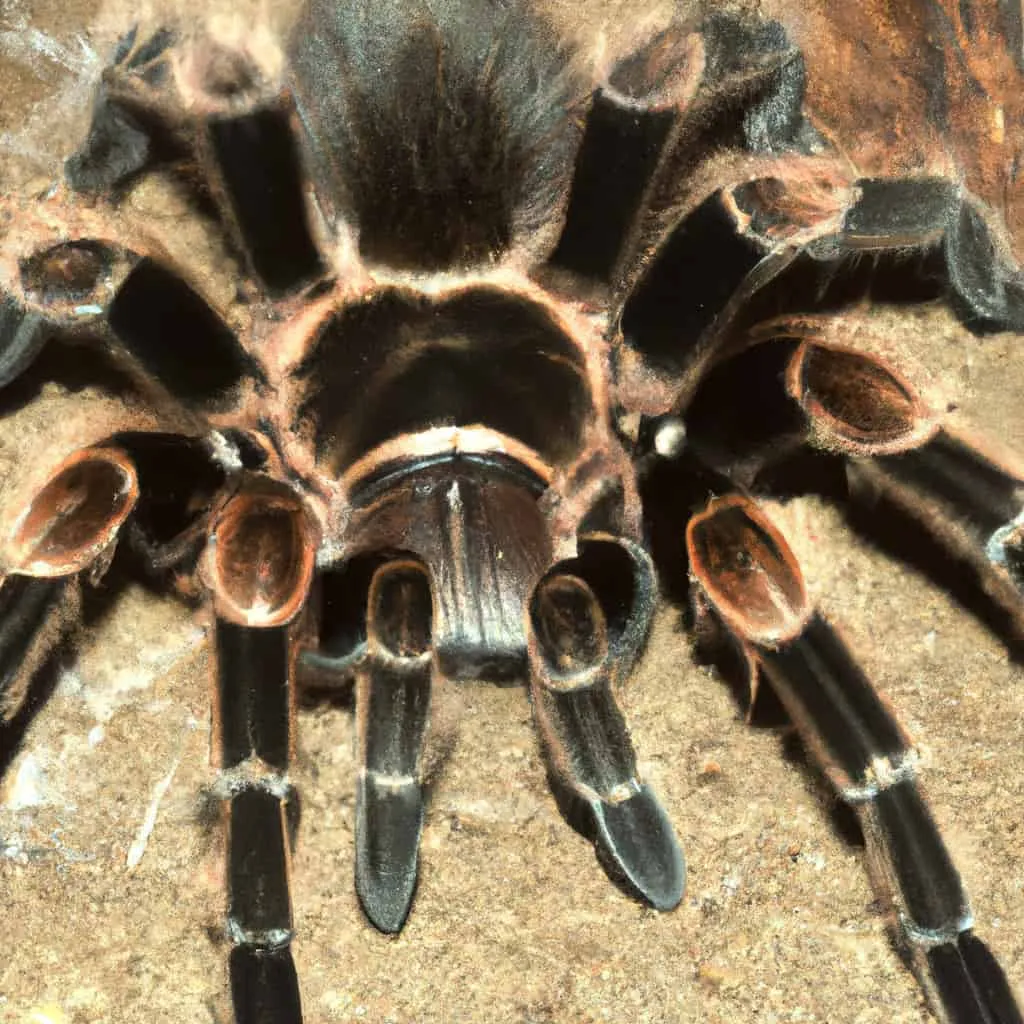
Before the molt, make sure the enclosure is clean and safe. Remove any uneaten food, and ensure that there are no sharp objects or anything that could harm your tarantula. Also, provide a shallow dish of water. The humidity levels for your tarantula’s species should be correct, as low humidity can make molting difficult. Make sure the enclosure has the correct temperature range for your tarantula. These preparations will improve the chances of a successful molt. Always double-check the enclosure to ensure everything is in the right place.
Providing Optimal Conditions
During the pre-molt period, avoid handling your tarantula. Minimize any disturbances, such as loud noises or vibrations. Observe from a distance to monitor your tarantula’s behavior and appearance. Ensure the enclosure remains clean and at the correct temperature and humidity levels. If you notice any signs of distress, such as your tarantula struggling to molt, consult a veterinarian or experienced tarantula keeper. These precautions will minimize stress and support a successful molt. Observe your tarantula’s behavior carefully, taking special note of any changes.
Post-Molt Care
After your tarantula has molted, it’s important to provide appropriate care. The tarantula will be very vulnerable after the molt and the new exoskeleton will need time to harden. Giving your tarantula the right support during this period helps them recover and ensures their well-being. Providing the right conditions following a molt is essential for your tarantula’s overall health and longevity. Take care to ensure proper feeding, avoid disturbance and let your tarantula recover fully.
Feeding After Molting
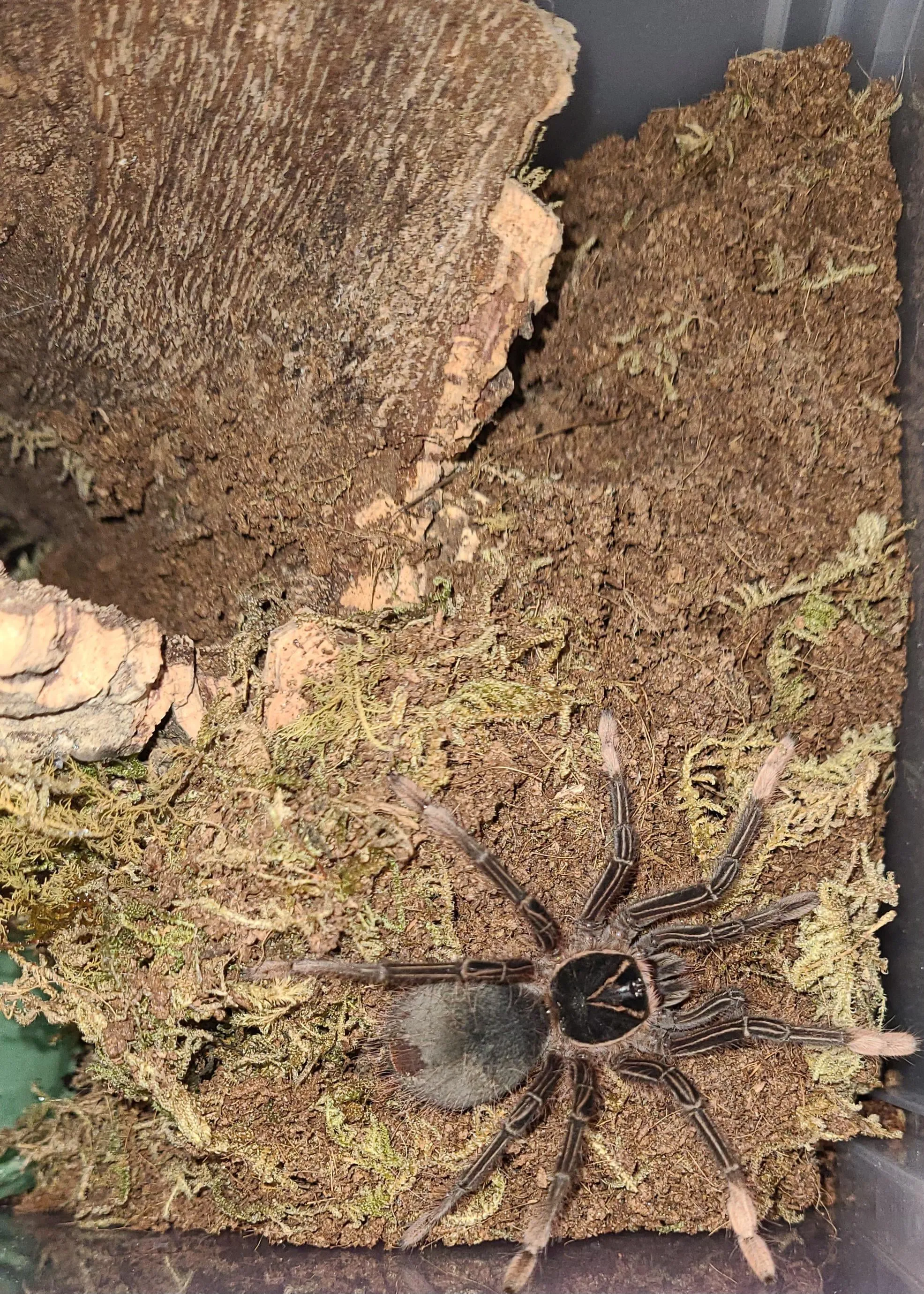
Wait a few days to a week before feeding your tarantula after a molt. The new exoskeleton is soft and can be easily damaged. Offer a small amount of food at first, and gradually increase the portion size as your tarantula’s appetite returns. Watch your tarantula’s feeding behavior, as they might be reluctant to eat immediately. Remove any uneaten food after 24 hours to prevent mold growth. Providing the right diet will help them rebuild their strength and ensure they receive the nutrients they require after the demanding process of molting. Ensure the food is the right size for your tarantula.
Handling Your Tarantula
Avoid handling your tarantula for at least a week after it has molted. The new exoskeleton is still hardening and handling could cause injury. Once the exoskeleton has fully hardened, you can handle your tarantula, but do so with care. Always be gentle, and avoid any sudden movements that could startle the tarantula. Handle your tarantula only when necessary, and support its body to prevent any falls. Remember that each tarantula has its own personality, and some may not appreciate being handled. Always prioritize your tarantula’s safety and well-being.
Conclusion
Molting is an essential part of a tarantula’s life cycle, and understanding the process, recognizing the signs, and providing the right care are vital to keeping your pet healthy and happy. By following the guidelines above, you can help your tarantula molt successfully and enjoy a long, healthy life. Remember, patience and observation are key. With proper care and attention, your tarantula can thrive. Knowing what to expect will allow you to be a responsible and caring owner and enjoy the fascinating world of tarantulas.
